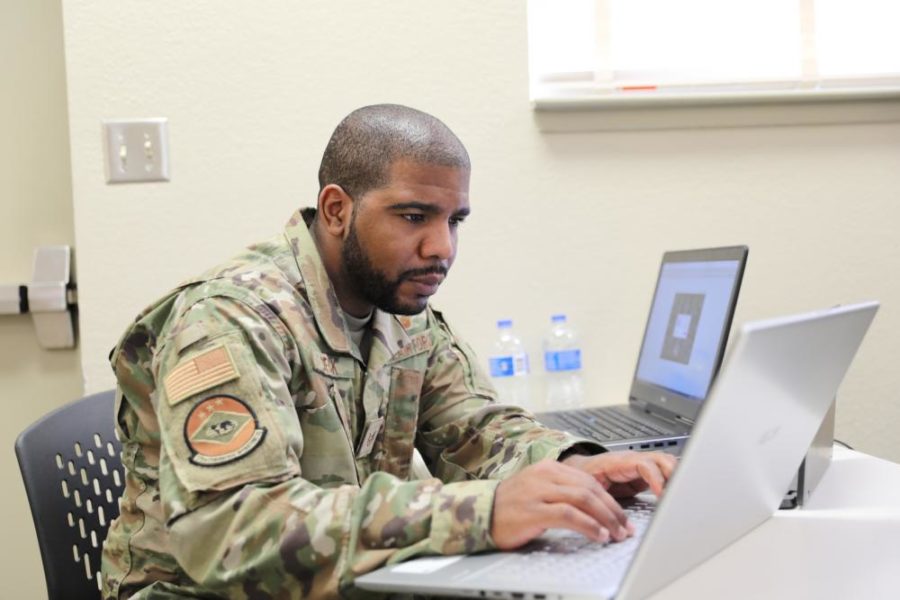The Air Force and Space Force are trying to make service members’ lives easier, with new information technology and human resource practices to ensure Airmen and Guardians can be more effective in accomplishing their mission and have a better day-to-day experience, leaders said.
“It starts with understanding where you are,” Wanda T. Jones-Heath, Principal Cyber Advisor for the Department of the Air Force, said during a discussion hosted by GovExec. “The environment has changed, and so we have to change. We have to modernize our legacy applications and systems. We have to think about our infrastructure. We have to think about our people.”
As the broader economy shifts towards a more flexible work-life balance for employees and the job market remains competitive, the services need to better attract and retain talent. While the Air Force and Space Force were largely on target with their recruiting goals in 2022, the armed services have become less appealing to the general public.
The Air Force and Space Force are implementing practical changes, such as offering a second chance to recruits who test positive for marijuana and are making broader efforts to be more accommodating of their workforce’s personal lives. That includes more mundane tasks, such as making computer systems more accessible.
“It touches your life in so many ways,” Jason D. Howe, chief information officer and deputy director of plans and integration for the Air Force, said during AFA’s Air, Space, & Cyber Conference. “It’s not about an IT system anymore. That’s cold and somewhat heartless.”
The Air Force’s IT practices have been the source of ridicule online. Service members and some civilian leaders have taken to Twitter and Reddit to complain simple tasks, such as checking their email, take an inordinately long time due to outdated hardware and software.
The Air Force must be more proactive in understanding what Airmen need to accomplish their mission before a system is implemented, rather than reacting to negative experiences after the fact, Howe said.
“Now we’re getting better at establishing relationships with people so that we know when we deliver capability, it’s the capability that they want and need,” Howe said.
Additionally, the service’s IT systems are often inefficient but also unnecessarily expensive.
“You’re spending your money on sustainment and you’re not investing towards the future anymore,” Howe said. He added that some of Air Force’s efforts to “digitally modernize” have shifted towards using existing systems used by the private sector.
As a new service, the Space Force has more room to create a new culture and implement new IT approaches.
“A lot of what we focus on in Space Force is how do we articulate where it makes sense to be different and where it makes sense to be the same,” said Katharine Kelley, deputy chief of space operations for human capital.
In drawing its workforce primarily from other services and industry, the Space Force has the advantage of getting people who are dedicated to its mission, not those who may not have many other options.
“That means finding pockets of people in this interest base with this technical skill, no matter what your background is, and no matter what your race and gender is,” Kelley said.
But if the Space Force is going to retain its new workforce, it has to deliver on its recruiting promises.
“Part of our strategy in Space Force is how do you employ that talent in a way that they don’t feel like they’re being underutilized or that the value proposition that brought them to the organization in the first place is not what they’re actually realizing and experiencing on a day-to-day,” Kelley said. “They want hands-on keyboards, and they want realized experiences that allow them to continue to grow and develop.”
